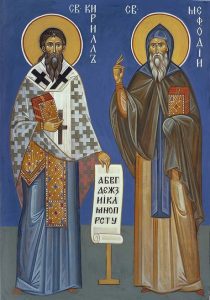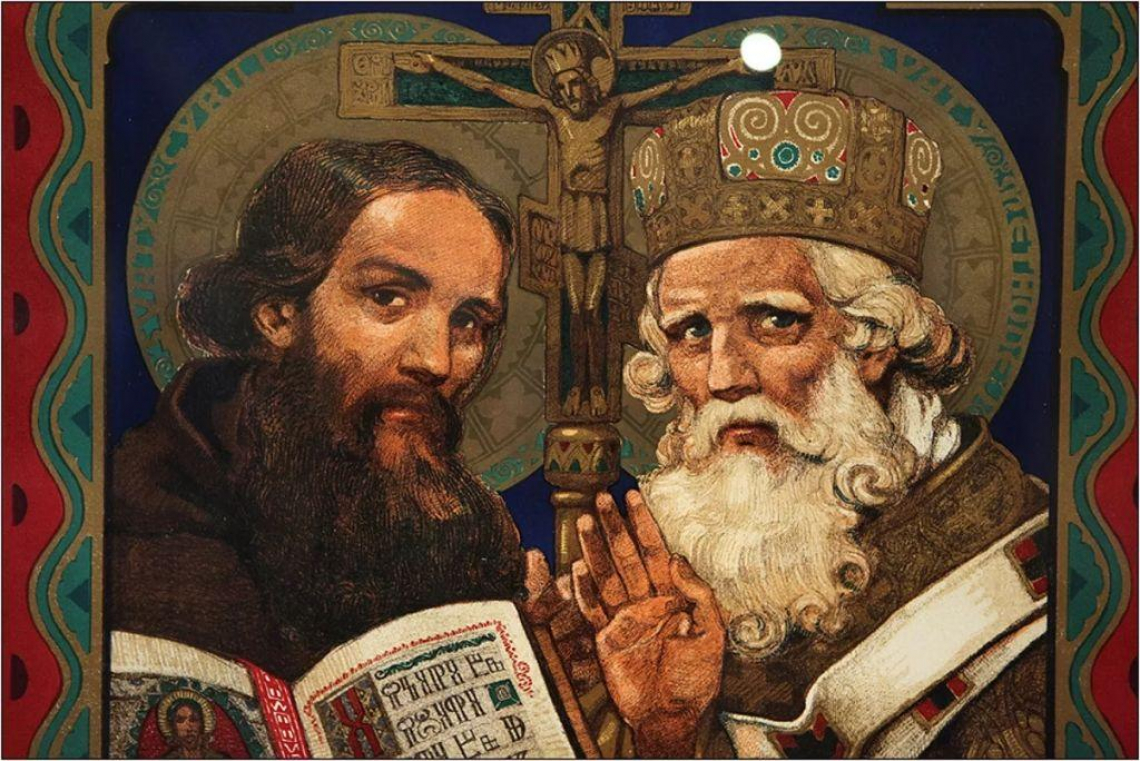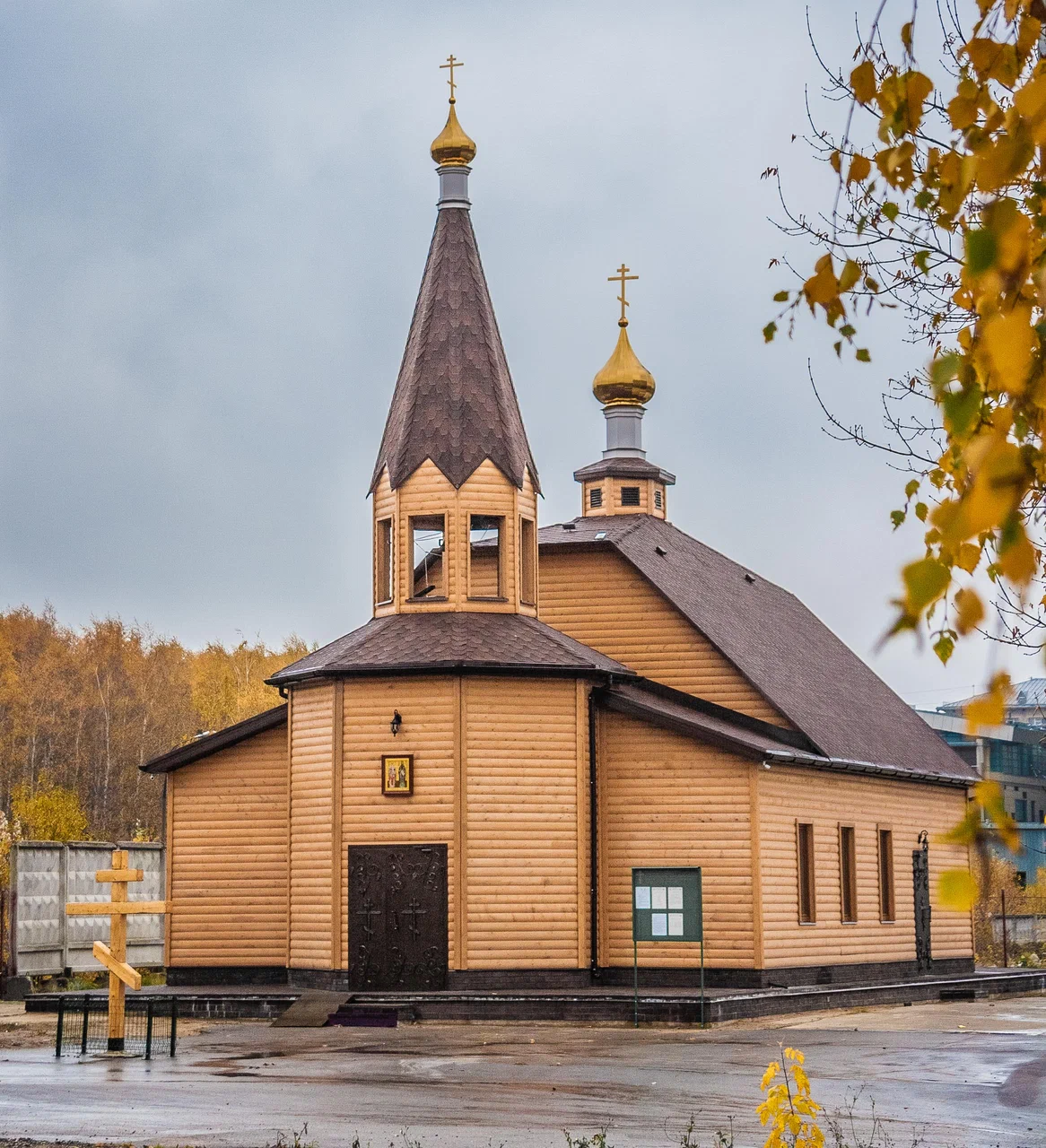Church of the Equal-to-the-Apostles Saints Cyrill and Methodius at Moscow State University named after Lomonosov

The Church of Equal-to-the-Apostles Cyril and Methodius at Lomonosov Moscow State University is located at the address possession 10, building 2, Vernadskogo Avenue.
Saints Cyril (in the world Constantine, about 827-869) and Methodius (about 815-885) went down in history as the enlighteners of the Slavs and the creators of Slavic writing. They were brothers, born and raised in the Byzantine city of Solun (modern Thessalonica), where a significant Slavic population lived, which allowed them to master one of the Slavic languages from childhood. The basic information about the life and work of the brothers is preserved in their lives, compiled by the disciples after their death. Methodius initially made an administrative career and was appointed as ruler of the Byzantine region inhabited by the Slavs. However, around 852, he left worldly life and took monastic vows, later becoming abbot. From an early age, Cyril showed outstanding abilities in the sciences, and studied in Constantinople with the greatest scientists of his time, including Leo the Grammarian and Photius, the future patriarch. After completing his studies, he took holy orders, taught philosophy and participated in a diplomatic mission to the Arabs. In 861, Cyril and Methodius went to the Khazar Khaganate, and later, on behalf of the Byzantine Emperor Michael III, they were sent to Great Moravia. Great Moravia, one of the largest states of Central Europe in the 9th century, included the territories of modern Moravia, Western Slovakia, parts of the Czech Republic, Lesser Poland and Lusatia. The Moravian Prince Rostislav, seeking to strengthen the independence of his country from the influence of the German clergy, invited Byzantine missionaries to preach Christianity in a language understandable to the Slavs. Cyril and Methodius developed a Slavic alphabet, Glagolitic alphabet, which took into account the phonetic features of Slavic speech, and translated liturgical texts into Slavic. Their works laid the foundation for the spread of Christianity among the Slavs and the creation of a literary language capable of serving various spheres of public life. After Cyril`s death in 869, Methodius continued his work. However, after his death, the disciples of the brothers were persecuted in Great Moravia and were forced to seek refuge in other countries, especially in Bulgaria. According to the researchers, Cyrillic script was created there, which replaced the Glagolitic alphabet and became widespread. Through Bulgaria, the legacy of Cyril and Methodius influenced the culture and writing of Russia, Serbia, the Czech Republic and Croatia. Thanks to their works, the Slavic peoples received their own written language and the opportunity to join the Byzantine spiritual and cultural heritage. The Church established a Memorial Day for Saints Cyril and Methodius on May 24 (according to the new style). In Russia, this day is celebrated as a state holiday – the Day of Slavic Writing and Culture, symbolizing the importance of their contribution to the development of the Slavic world.
Address: Moscow, Vernadsky ave., vl., 10, building 2

